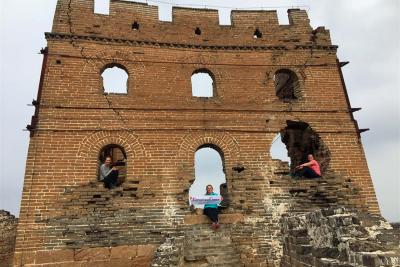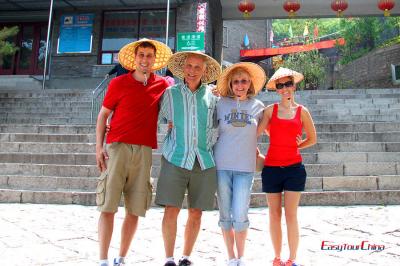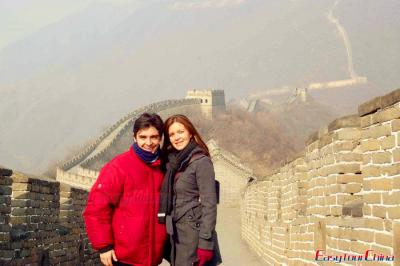Forbidden City (Imperial Palace Beijing)
Forbidden City – China’s most glorious palace complex sits in the heart of the capital city of Beijing (Peking). It was the imperial palace of China for 5 centuries (from the Ming dynasty to the end of the Qing dynasty - the years 1368 to 1911), and became the symbol of imperial power.
Forbidden City was inscribed on UNESCO's World Heritage List in 1987 and is regarded as the best of the “Five Ancient Imperial Palaces of the World”.
Once, Forbidden City was a private palace of emperors with their households and hundreds of court ladies and palace eunuchs, as well as the ceremonial and political center of Chinese government, but today, it houses the Palace Museum, as a World Heritage Site and the largest and most well preserved collection of ancient wooden structures in the world. And most of the collections are originate from the Qing imperial collection, such as ceramics, jades, bronzes, paintings, calligraphy, ancient books, timepieces, palace paraphernalia and historical documents.
The treasure trove of the Forbidden City is must-visit site on your tour in Beijing.
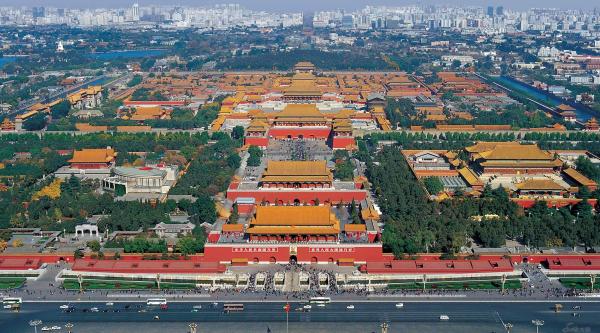
China Forbidden City Facts
- Closed on Mondays throughout the year;
- April 1-October 31: 08:30-17:00 (Tuesday-Sunday);
- November 1 - March 31: 08:30 - 16:30 (Tuesday to Sunday);
- Open on Mondays if it is an official holiday.
What Is the Forbidden City?
To be short, the Forbidden City is a large-scale comprehensive museum established on the basis of the imperial palaces and collections of the Ming and Qing dynasties, integrating ancient architectural complexes, court collections, and the arts and cultures of past dynasties. It is the largest and best-preserved ancient palace complex that still exists in China. It is also the largest museum of ancient culture and art in China.
The Forbidden City was built during the Ming Dynasty, and was home to 24 emperors during the Ming and Qing dynasties. the history of the Forbidden City as an imperial palace came to an end when Puyi abdicated in 1912. the Institute for the Display of Antiquities was set up in the outer court area in 1914. The Palace Museum was set up in the inner court area in 1925. And the Institute of Antiquities was incorporated into the Palace Museum in 1948.
As of the end of 2022, the collection totaled 1,917,657 items, which can be categorized into 25 major categories, such as paintings, calligraphy, inscriptions, bronzes, gold and silverware. The art collections of treasures, clocks and watches, paintings and calligraphy, ceramics and sculptures are on permanent exhibition. Temporary special exhibitions are also held regularly every year.
>> Recommended Forbidden City Tours:
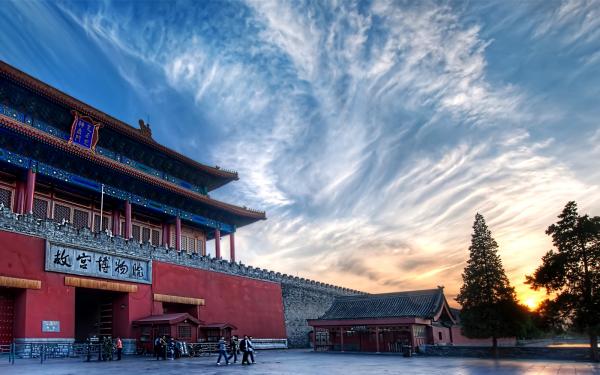
Why Is It Called the Forbidden City
When Zhu Di, the third emperor of the Ming Dynasty, succeeded to the throne in 1402 A.D., he ordered to build the Forbidden City in Beijing, one of the ancient capitals of China.
The Forbidden City was given its name because it was built on the idea that the star Ziwei (紫薇) resided in the center of heaven and earth, indicating that it was the center of the world. The word “Zi (紫)” refers to the star Ziwei, which resides in the middle of the sky and was the symbol of heaven and earth in ancient times. The word “Forbidden” means forbidden land, which means that this palace is strictly forbidden for the common people to enter at will. So this is why it is called the Forbidden City.
What’s more, the Chinese (especially the emperors) believed in the “induction of heaven and man” and the “unity of heaven and man”. So the structure of the Forbidden City was modeled after the legendary “Heavenly Palace”.
Overall, the name “Forbidden City” is related to ancient philosophy, astronomy, and imperial power.
History - When was the Forbidden City Built
Next we dive into the history of the Forbidden City, to learn who built and designed the forbidden city, why it was made, and what is the forbidden city used for?
The Forbidden City was constructed from 1406 to 1420, during the Ming Dynasty.
After seizing the throne, Emperor Zhu Di of the Ming Dynasty decided to move the capital to Beijing. In the fourth year of the Ming Yongle (1406), he began directing the creation of a palace modeled after the Forbidden City in Nanjing. Zhu Di was considered the master planner, designer, and commander of the construction of the Forbidden City. He organized a strong team including a number of highly skilled architectural craftsmen such as Ruan An, Cai Xin, kuǎi xiáng and Xu Gao.
Prior to construction, Zhu Di sent out staff members to travel around the country to mine valuable wood and stone, which were then transported to Beijing. The staff involved included the minister of the Ministry of Public Works, the minister of the Ministry of Mandarins, the minister of the Ministry of Revenue, and the left minister of the Ministry of Revenue, among others. The materials collected included nanmu from Sichuan, danzhi stone from Fangshan and other places, gold bricks from Suzhou, and tribute bricks from Linqing. To the Ming Yongle eighteen years (1420) the Forbidden City was completed.
As the last imperial palace in China, the Forbidden City is a perfect blend of ancient imperial culture and ancient Chinese architecture.
>> Recommended Forbidden City Tour: 5-day Beijing Tour for Seniors
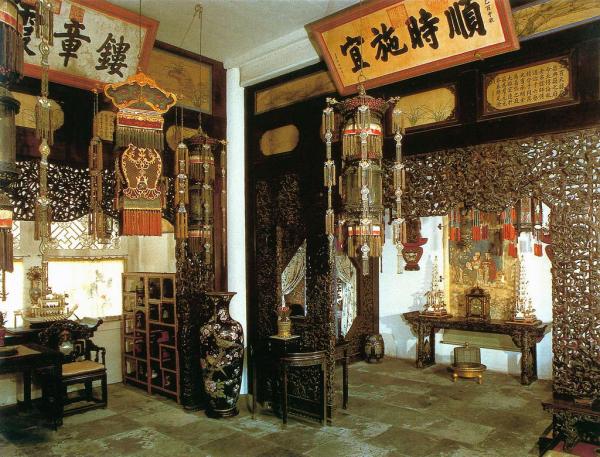
Forbidden City Architecture, Layout, Rooms
Located in the center of Beijing, the Palace Museum is 753 meters wide from east to west and 961 meters long from north to south, covering an area of more than 723,600 square meters, surrounded by a 10-meter-high city wall and a 52-meter-wide moat. There is a city gate on each of the four sides of the wall: the Wumen Gate in the south, the Shenwumen Gate in the north, and the Donghuamen Gate and Xihuamen Gate on the east and on the west. Wumen Gate is the entrance and Shenwumen Gate is the exit.
At each of the four corners of the city wall, there is a graceful corner tower. The layout of the Forbidden City was designed and constructed in strict accordance with feudal rites and the doctrine of yin-yang and five elements, reflecting the supreme authority of the emperor.
>> Recommended Private Beijing Day Tour to Forbidden City and Summer Palace
Outer Court and Inner Court
The Forbidden City can be roughly divided into two major parts, the south for the work area, that is, the outer court, and the north for the living area, that is, the inner court. All the buildings are arranged on the central axis, symmetrical from east to west.
The outer court is where the emperor dealt with political affairs. There are three main halls: the Hall of Supreme Harmony, the Hall of Central Harmony, and the Hall of Preservation of Harmony. Among them, the Hall of Supreme Harmony is the tallest, with a width of 60.1 meters, a depth of 33.33 meters and a height of 35.05 meters. After the Hall of Supreme Harmony is the Hall of Central Harmony. The northernmost the Hall of Preservation of Harmony was the place where the Emperor gave banquets and the Imperial Examination.
The long stone ramp carved with dragons sporting in clouds in bas-relief in the center of the staircase called the Imperial Way (or Dragon Pavement), which corresponded with the north-south axis of the city, was for the emperor's exclusive use. Imperial family members and civil and military officials no matter how high their ranks had to walk the forty-four steps to either side. >> Learn more about Dragon in Ancient Chinese Architecture
The inner court, including the Qianqing, Jiaotai, Kuning three palaces, as well as the east and west sides of the East Six Palaces and West Six Palaces. This is where the emperor and his concubines lived, commonly known as the “three palaces and six courtyards”. In the residential area to the north there is a small chic imperial garden.
Rooms
When you travel to Beijing and step into the Forbidden City, you will found each twist and turn has its different ways of presenting Chinese history and culture. You may come up with two questions: how big is the Forbidden City? And how many rooms does it have? Protected by high walls and a moat on all four sides, it consists of 980 magnificent wooden buildings with 8,886 rooms (a common myth states that there are 9,999 rooms in total).
The classical traditional Chinese palatial architecture style is so unique and exquisite that has bought a great influence in East Asian and other regions’ cultural and architectural developments. And Forbidden City becomes a must-see site for all visitors to travel to China.
>> Recommended China Tours to Forbidden City:
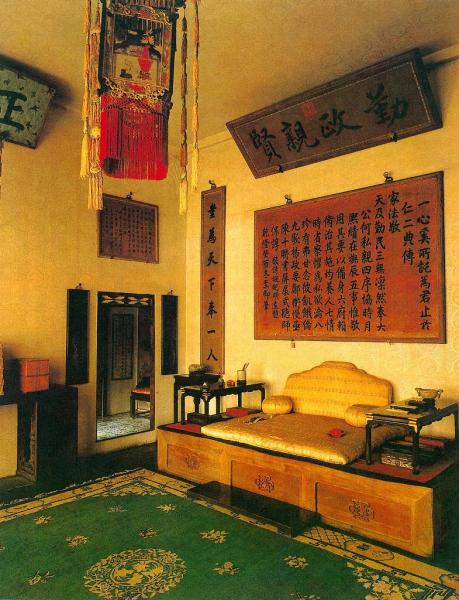
What to Do in Forbidden City (Palace Museum): Main Exhibition Halls
Hall of Paintings and Calligraphy
Located in the Hall of Wenhua of the Outer Dynasty, it has a rich collection of ancient Chinese calligraphy and paintings. There are rare books and unique copies of Jin, Tang, Song and Yuan, as well as representative works of famous artists of various painting schools in Ming and Qing dynasties. It reflects the development of ancient Chinese calligraphy and painting art.
Sculpture Hall
It is set up in Ci Ning Palace and the total number of exhibits is 425, covering three main categories: terracotta figurines, painted masonry, and statues of Buddha. The terracotta figurines range from the Warring States period to the Ming Dynasty, including the Terracotta Warriors and Horses of Qin Shi Huang. The quantity is dominated by the Han and Tang dynasties.
Ceramic Hall
The Palace Museum's “Ceramic Hall” is located in the Wuying Hall of the outer court and was established in 1952. There are more than 360,000 pieces of ceramic artifacts, and most of them are from the Qing Dynasty palace collection.
Clock Hall
Located in the south side of Fengxian Gate, there are 82 pieces of clocks, including 21 Chinese clocks and 61 foreign clocks from Britain, France, Switzerland and other countries.
Furniture Hall
The Palace Museum now has more than 6200 pieces of furniture of the Ming and Qing dynasties, mainly from the Kangxi, Yongzheng and Qianlong periods.
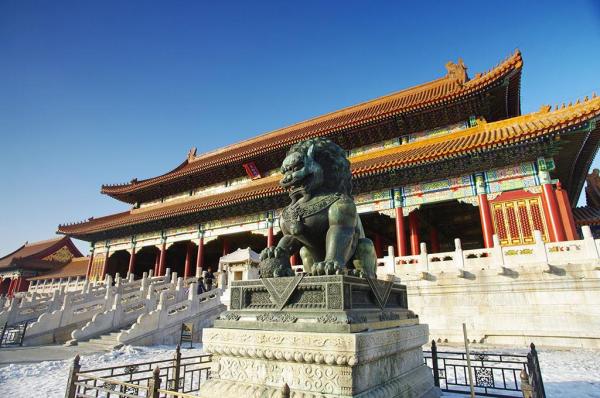
How to Visit Forbidden City:
Entrance:
Tian'anmen Square: the largest city square in the world.
Outer Palace:
The Hall of Supreme Harmony (Taihe Dian): the heart of the Forbidden City palace complex.
The Hall of Central Harmony (Zhonghe Dian): the smallest hall of the three palace complex.
The Hall of Preserving Harmony (Zhonghe Dian): It was used for many functions throughout history.
Inner Palace:
The Palace of Heavenly Purity (Qianqing Gong): It is the largest building of the three rear palaces, where the Emperor slept.
The Hall of Union and Peace (Jiaotai Dian): It sits between the Palace of Heavenly Purity and the Palace of Earthly Tranquility.
The Palace of Earthly Tranquility (Kunning Gong): It was the resting hall for empresses in the Ming Dynasty and the Qing Dynasty.
Gardens:
Imperial Garden: It is located behind the Palace of Earthly Tranquility, which was used for emperors and empresses to relax themselves, enjoy beautiful scenery, reading and so on.
Hall of Mental Cultivation (Yangxin Dian): It was probably the most important building except the Hall of Supreme Harmony during the Qing Dynasty. And from the time of Emperor Yongzheng, it served as the emperor’s sleeping palace.
Exit:
Gate of Devine Might (Shenwu Men): It is the northern gate of the Forbidden City, which faces Jinshan Park.
East Prosperity Gate (Donghua Men): It is the eastern gate of the Forbidden City.
>> Recommended 1-day Beijing Airport Layover Trip to the Forbidden City
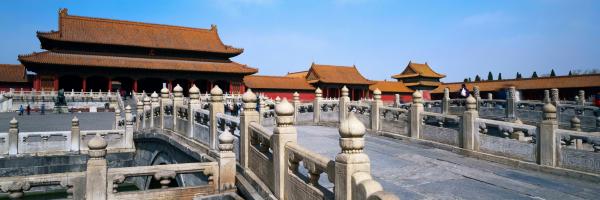
How to Get to Forbidden City:
The Forbidden City (Palace Museum) sits in the heart of Beijing, which is conveniently located bus stops and subway stations provide easy access to transportation.
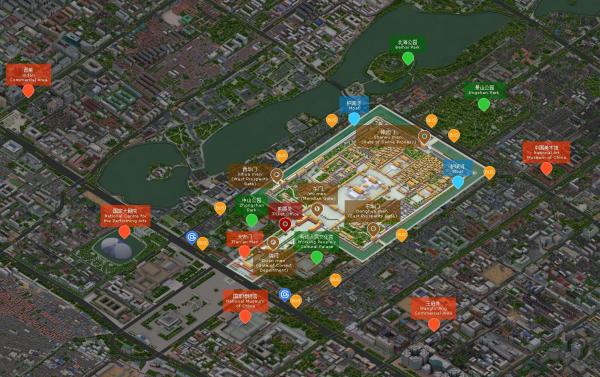
Travel Tips:
1. Try to avoid weekends or Chinese traditional holidays.
The reason is very obvious: too many people! If you don’t want to meet the masses turn up and ruin your photo opportunities, we also recommend you come here either earlier in the morning or later in the afternoon(not too late before the museum is closed) to enjoy the real beauty of the Forbidden City.
2. Choose the right entrance
Officially, the Forbidden City tour is one way, from southern gate (Meridian Gate - Wumen, which is the only entrance) to northern gate (Gate of Devine Might - Shenwu Men) or eastern gate (Donghua Men). And we suggest you to exit from Donghua Men, which is a quieter street, much closer to the subway and with better taxi options.
3. Rent an audio guide device
The audio guide device in the Forbidden City is available in several languages, such as Chinese, English, French, Japanese, German, Korean, Russian, Thai, Portuguese, Cantonese, Italian, Spanish and Arabic. It will help you understand more about the history and stories about the palaces you step in. And it can be rent from the tour guide service at the Meridian Gate - Wumen and the Gate of Devine Might - Shenwu Men.
4. Move up to Jingshan Park
If you want to have a panoramic view of the Forbidden City, JIngshan Park should not be missed. It is the best place to take a perfect whole Forbidden City photo.
5. Wear Comfortable Shoes
It is a long walk! The Forbidden City is large and there are lots of outdoor areas to visit. So it is very important to choose your most comfortable shoes.
6. Bring your passport with you
New policies require a form of national identification for each ticket purchased.
7. Leave your lighter and sharp implements at home
The security checkers will check at the entrance. Lighters and sharp implements are not allowed to be brought in the Forbidden City.
